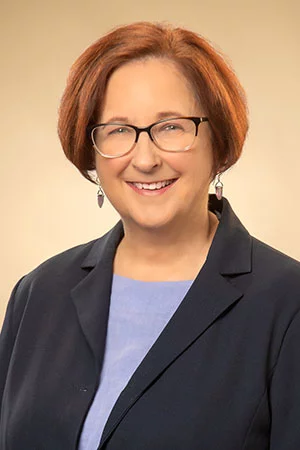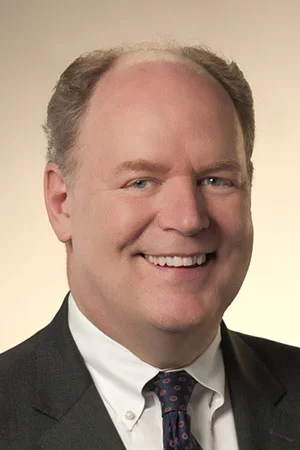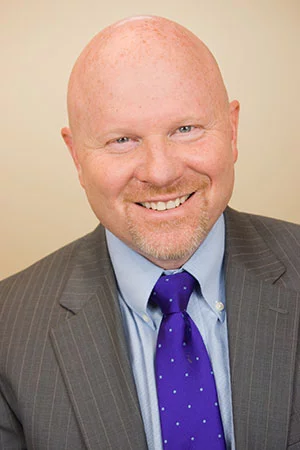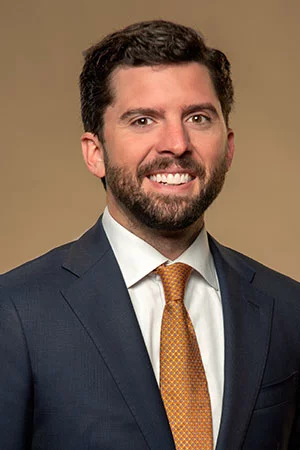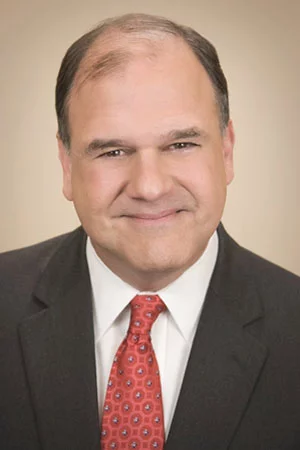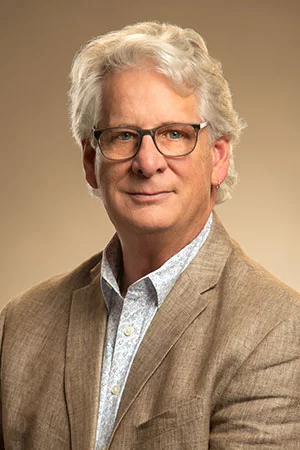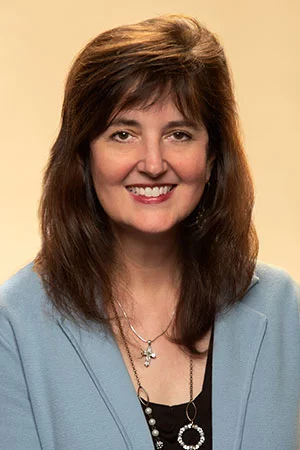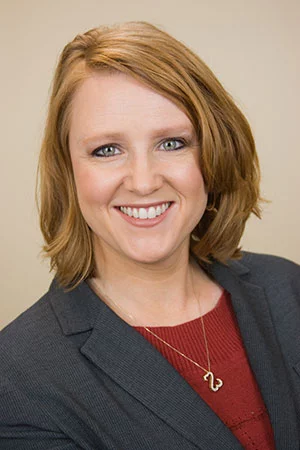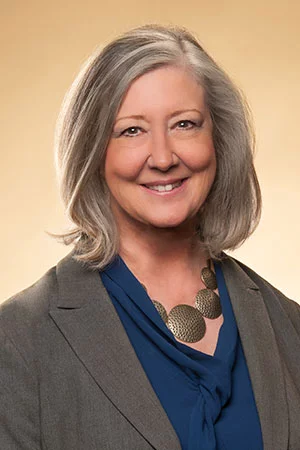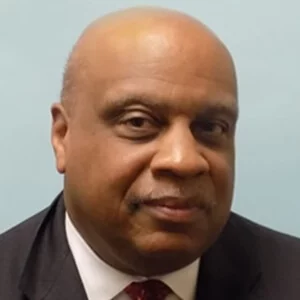Every day, 115 Americans die from an opioid overdose. Unfortunately, a growing number of these people may be teenagers. Research shows that teen opioid use is a major concern, and many of those diagnosed with OUD (opioid use disorder) do not receive proper treatment. A new study published in the Journal of Adolescent Health claims that 95% of teens with an opioid use disorder are not prescribed the medications needed to recover.
Teen Opioid Use
Often, stereotypes color our opinions of drugs, alcohol and addiction. For example, many people may not believe that their loved one has a substance use disorder, simply because that person does not fit their image of an addict. The truth is that addiction can take many forms, and that we must consider all ages, genders and backgrounds susceptible to this disease.
This is especially important to remember in the case of teen opioid use. When most people think of a person addicted to prescription painkillers, they probably think of the older folks who were prescribed these drugs for chronic pain or the management of pain from terminal conditions, such as cancer. Opioids, including morphine, hydrocodone and oxycodone, are extremely addictive to people of all ages.
Teens may be exposed to the recreational use of opioids through…
- Finding pills in the home and deciding to try them (parent’s or grandparent’s prescription)
- Receiving them from a friend in a social setting
- Being prescribed painkillers after surgery (sports injury, dental work)
Troubling Statistics in Treatment
Data from the Ohio Medicaid program was analyzed to draw conclusions about teen opioid use. Specifically, researchers examined whether adolescents received MOUD (buprenorphine and/or naltrexone) within 3 months of an opioid use disorder diagnosis.
Their findings were as follows.
Only 5% received MOUD. 95% of teens were not prescribed the appropriate treatment for an opioid use disorder.
Older teens were more likely to receive proper treatment. Adolescents between the ages of 16 and 18 were more likely to be prescribed MOUD than their peers aged 12 to 15.
Most received an appointment after diagnosis. Most of the teens received some form of supportive care after their OUD diagnosis. 49% had a general medical appointment, 40% went to the emergency room and 28% received an appointment for behavioral healthcare.
Some received another prescription for opioids. Nearly 10% of teens with OUD received a prescription for opioid pain medication within three months of their initial diagnosis.
This study has illuminated several points of concern in the treatment of adolescents with OUD. First, we have learned that few teens receive the standard-of-care treatment we expect for the resolution of an addiction. Next, we understand that this gap is not due to a lack of interaction with the medical system. Even though most of these teens receive some sort of medical or behavioral care within three months of their diagnosis, 95% do not receive MOUD. The authors believe that this indicates that the healthcare system is not properly equipped to manage substance use disorders.
Finding Treatment for Adolescents
Fortunately, evidence-based treatment is available. Many treatment centers across the country provide addiction services specifically tailored to the needs of adolescents with opioid use disorder. Teen opioid use is a highly specific problem requiring individualized treatment. At Cumberland Heights, for example, we provide an array of therapies which speak to the concerns, needs and decision-making processes of teens.
Nestled in the woods just outside of Nashville, Cumberland Heights’ ARCH academy provides care for teen boys aged 14 to 18. The Adolescent Recovery of Cumberland Heights (ARCH) program helps teens to change their life stories in real time. We understand that because teenagers are in a critical developmental stage, recovery looks different for them than it does for adults. Research shows that adolescents are our most vulnerable patients; Cumberland Heights has created a place where they could really take their time to recover among their peers.
Treatment for teen opioid use includes:
- 12-Step education
- Individual therapy
- Group sessions
- Family therapy
- Medication management
- Long-term treatment
- Experiential therapies (horseback riding, adventure therapy, music therapy and more)
We hope to change the trends found in recent research. At Cumberland Heights, our goal is to provide proven, effective treatment for teen opioid use. We hope that with time, more and more young people will gain access to the care they need and deserve.
To speak with an admissions counselor about treatment for opioid use disorder, please contact us today. Our team members are standing by to answer all of your questions about addiction, assessment, treatment and recovery. We look forward to hearing from you.

